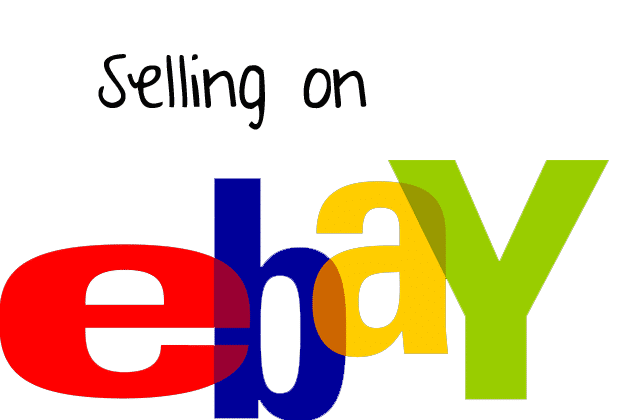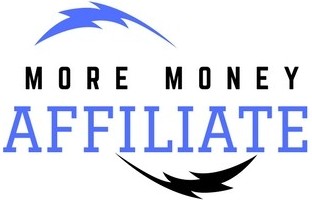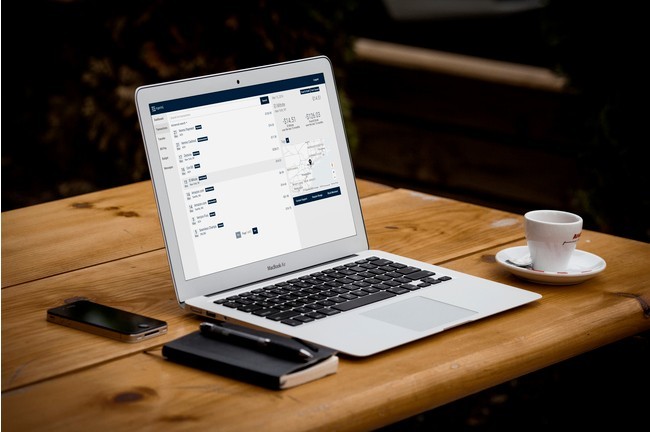How To Sell Things Online
With the growing number of websites available where you can sell your fine and beautiful used items, there’s no reason not to take advantage of doing so. And I have great news, you don’t have to pay for advertising, you don’t have to sit around waiting for the phone to ring or for people to stop at your garage sale. No, the good news is that you can sell whatever you want to from the privacy and comfort of your own home.
Your success depends only on your preparation and your motivation. Always remember that you might not need what you have but, someone else might be looking to buy what your wanting to sell.
The most important thing you can do, before you even start taking pictures of your items, is to spend time on auction sites to see how other people are going about the business of selling stuff online. Most online auction sites, other than eBay, have very limited ways to advertise and describe items, usually just with text descriptions.
Let’s take Amazon for instance, they allow you to enter the manufacturer code for an item such as a blue ray movie, so that the site can display a manufacturer-supplied photo. But the reigning king of online auction sites, eBay, allows you to do far more than that to play up the merits of your item.
Of course, doing your research before listing your item is your key to success. On eBay, you should never list an item for sale without first checking to see what similar items are selling for. If you have an antique wooden spool that was your grandmother’s and you list it for $50, nobody will bid on it if there are three more like it available for less than $20.
On the other hand, if your asking price is much lower than that of other sellers, you won’t make as much money. If you see that there are several items like yours available for auction and nobody is bidding on them, then you must either start the price of yours lower, or not even attempt to sell it online.
If you have more than one of the same item, consider selling them individually or as a group. Decide whether you want to offer a ‘buy it now’ price so a buyer need not go through the agony of waiting for the auction to end. If an item is rare or unique, you should never offer a ‘buy it now price’, because letting people bid against each other might bring you a bigger profit as the price continues to rise.
Be sure you know what your item is worth outside the Internet, and decide ahead of time what you want to earn from it at the auction’s end.
Once you know what you want to get for your item and what your competition looks like, it’s time to get down to the mechanics of putting it up for bid. The absolute best way to show someone your item is with a photograph, or more than one photograph if possible. Take several shots of it from different angles, if you think it will help encourage people to bid on it.
For a little extra money, eBay will include a gallery photo of your item as a small image appearing next to the title in search hits. If people see the tiny image and are interested, they’ll click on the link to your auction. Be sure to use good lighting, a clean background, and get as close to the item as possible to show as much detail as you can.
Grab Some Attention
An attention-grabbing headline/title is key to getting people to click to your auction. After all, if nobody clicks on your headline, nobody will bid. An auction title on eBay can contain 80 characters, including spaces, so they are really generous with giving you an 80 characters count. I remember when they had a 30 count. Try getting attention with just 30 characters but, those days are over and now you get 80, so be very creative with your title.
Be specific in referring to your item, but be sure to use proper keywords that will bring your title up in a search.
Most eBay shoppers use searches to find items, so if searches are limited to headlines only, then your headline is your only shot at getting your auction noticed in a search. Be careful about using marketing words like ‘beautiful’, ‘fantastic’, ‘brand new’ and other words that will just eat up those 55 characters without getting search hits. Those are words nobody would search for, so your title needs to focus on keywords and not fluff.
The description of your item is the next most important part of the listing. This is the area where eBay really lets you get creative, because you can say as much as you want to. You can use color, highlighted text, fancy backgrounds and borders, whatever it takes to make people stick around and read everything you have to say about your item. But remember, keywords are the key, your description must include specifics that people would type into search fields.
The brand name, author’s name, model number, type of fabric, paint color, new or used, antique or vintage specific words that people would use to describe your item if they were looking for it. Pretend you are going online to search for that item; what keywords would you put into the search? Be sure to use those keywords in your description.
Another important part of your auction description is spelling out the terms of the purchase. If you can’t ship the item to certain places, be sure to say so. If you require insurance, be sure to say so. Tell buyers what your return policies are if they aren’t pleased with their purchase, and be sure to detail your shipping policies and costs. List the different payment and shipping options available, and any guarantees you may be offering.
Always provide a starting bid that is reasonable, but perhaps a little lower than you want the bidding to start at. The allure of an auction is that once people start bidding on something, it’s hard for them to stop after they get attached to the idea of owning it. So if you start your auction at a price that’s just a tad less than you want to make, you may end up with a bidding war that will drive the price up.
Final Thoughts
An eBay auction is the most inexpensive way to put an item in front of the largest possible audience, so have fun with it. If you’ve taken the time to do your research, and then planned your strategy, laid out your listing invitingly, and described your item well, then your final step is to read your ad as though you were a potential buyer. If it looks good to you, then you’re ready to post it―and let the bidding begin!
Thanks For Reading,









